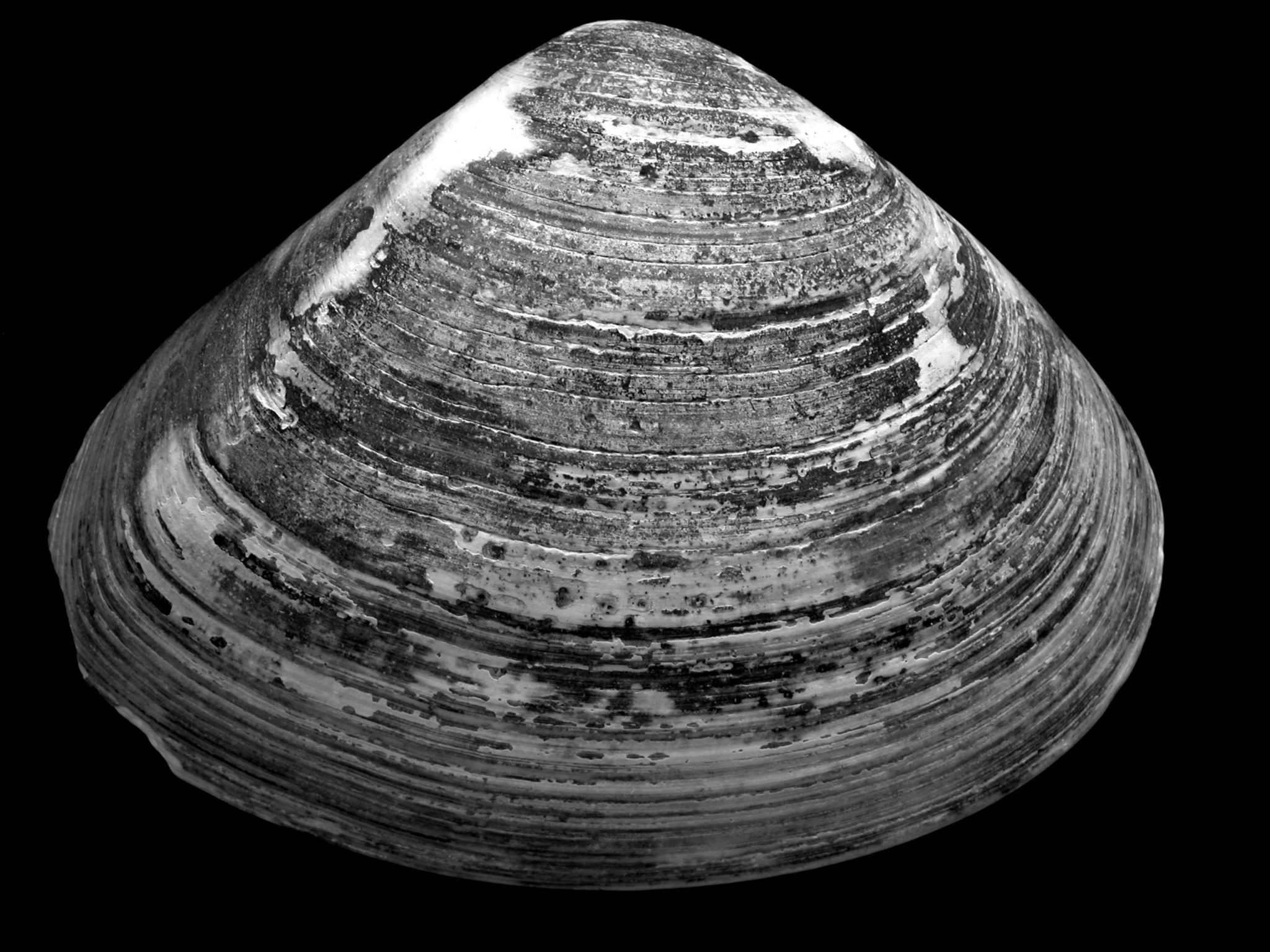An unseeming yet long living mussel species, the island mussel, provided scientists with an insight into the population development of the Herring over the last 450 years. This was done through chemical analysis of the mussel shells, forming annual rings similar to those of trees. How can these rings be utilised to gain insight into the population changes of various fish species? Findings like these are yet another proof for the complexity of our ecosystem. They show how closely linked the oceanic habitat is with its inhabitants, and how the climate influences all its parameters.
Author Rachel Fritts published a compelling article in the Hakaimagazine in 2019, discussing the North Sea herring stocks of the past. Whilst the tales of oceans riddled with fish, fishermen needing only to hold out their nets to catch more fish than they could sell, are now sadly just tales of the past. The research, led by Juan Estrella-Martínez, a paleoceanography doctoral student at Bangor University in Wales, found changes in the oxygen and carbon isotope ratios in the shells they had sampled in Scotland, and in the water changed, spanning the years of 1551 to 2005. These shifts allow an insight into past sea water temperature and other factors, and even allow for an annual account of the climate, with indications of events such as the North Atlantic Oscillation and the Atlantic Multidecadal Oscillation.
Read the full article of Rachel Fritts from the June 26th, 2019 on this topic here published in the Hakai Magazine.


